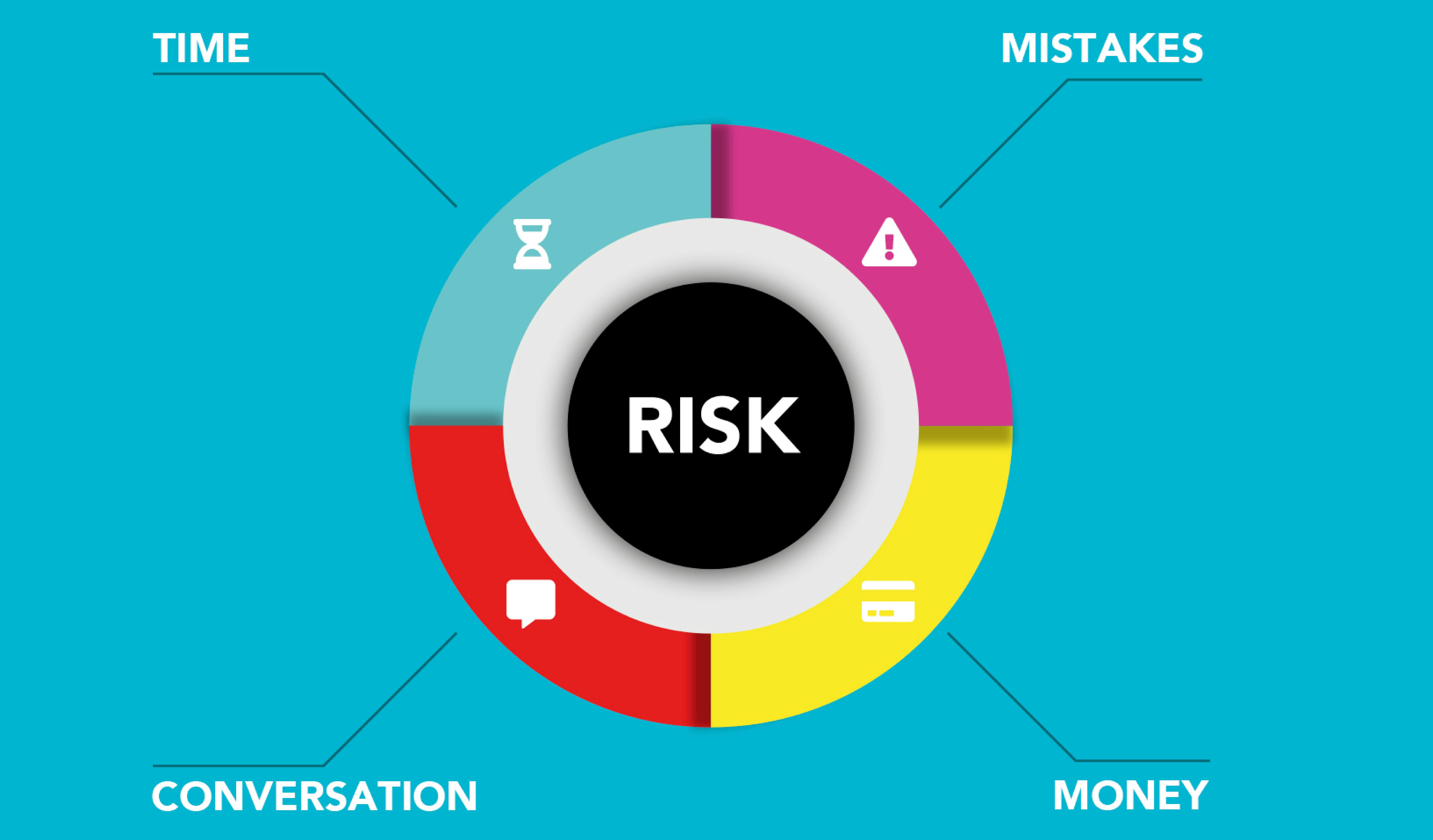For many people, the idea of buying some antiques and trying to sell them online is appealing.
That may be driven in some cases by a genuine interest in the subject and a desire to do business in that domain, but in others it will be more of an attempt to generate at least some additional income to help survive.
It seems easy
At first glance, this is a very attractive option.
All you need to do, mythology goes, is go to your local Bric-a-Brac, thrift store, or public auction and buy some vintage items for a relatively small amount of money. You then sell them for a big profit to people online and possibly overseas who can’t wait to get their hands on your items.
If only!
Unfortunately, it is not an easy path to fame and fortune. Let’s take a look at some of the problems that can get in your way.
Competence
The first thing to recognize is that this idea will hardly be revolutionary.
Many people love searching for bargains and the idea of selling them for a profit. Much of the things you will see for sale is, frankly, junk and when some decent items show up, you can be sure the competition for them will be fierce.
Sometimes that competition can get completely out of control, resulting in totally unrealistic prices being offered or requested and not allowing any profit margin from reselling.
In fact, many public auctions will draw on your desperation and enthusiasm, plus that of other inexperienced dealers in the room, to help drive their prices to wildly inflated levels.
Taxes
Once you’ve sold your items, hopefully for a profit rather than a loss, expect to receive some hefty tax bills as a result.
Space does not allow for a full discussion of tax issues here, but most unbiased observers will tell you, correctly, that taxes and associated fees can seriously affect what you assume are your profit margins.
Transport
Some people start their antique business and buy some really beautiful items of, say, furniture at reasonable prices.
They know these will sell (or maybe SHOULD) sell at considerably higher prices, and then they will start advertising accordingly. It’s only at that stage that some of them discover, to their horror, that shipping larger or heavier items around the world can be incredibly expensive and desperately risky.
The cost of packaging, shipping, and insurance, which you’ll have to pass on to your customer unless you want to go out of business, can end up making your item more expensive than a buyer can find it locally.
Clever! You find yourself stuck with an item that cannot be effectively sold.
So should you give up?
If you have a dream, it is always worth doing.
It’s also worth keeping in mind that many online antique operations are successful with things like watches, clocks, jewelry, pottery, rugs, furniture, and antique swords, etc.
However, make sure you don’t make the mistake of thinking this is going to be easy, but rather do thorough research on all aspects of running a business, be it antiques or any other industry, before you begin.
In particular, develop some expertise in a certain field or fields so that you can credibly sell your knowledge to your potential customers and avoid making mistakes with the items you buy.
